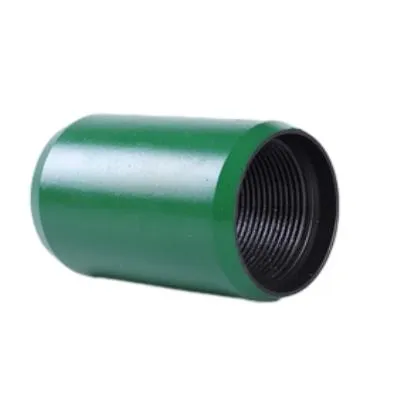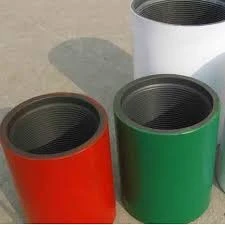- Afrikaans
- Albanian
- Amharic
- Arabic
- Armenian
- Azerbaijani
- Basque
- Belarusian
- Bengali
- Bosnian
- Bulgarian
- Catalan
- Cebuano
- Corsican
- Croatian
- Czech
- Danish
- Dutch
- English
- Esperanto
- Estonian
- Finnish
- French
- Frisian
- Galician
- Georgian
- German
- Greek
- Gujarati
- Haitian Creole
- hausa
- hawaiian
- Hebrew
- Hindi
- Miao
- Hungarian
- Icelandic
- igbo
- Indonesian
- irish
- Italian
- Japanese
- Javanese
- Kannada
- kazakh
- Khmer
- Rwandese
- Korean
- Kurdish
- Kyrgyz
- Lao
- Latin
- Latvian
- Lithuanian
- Luxembourgish
- Macedonian
- Malgashi
- Malay
- Malayalam
- Maltese
- Maori
- Marathi
- Mongolian
- Myanmar
- Nepali
- Norwegian
- Norwegian
- Occitan
- Pashto
- Persian
- Polish
- Portuguese
- Punjabi
- Romanian
- Russian
- Samoan
- Scottish Gaelic
- Serbian
- Sesotho
- Shona
- Sindhi
- Sinhala
- Slovak
- Slovenian
- Somali
- Spanish
- Sundanese
- Swahili
- Swedish
- Tagalog
- Tajik
- Tamil
- Tatar
- Telugu
- Thai
- Turkish
- Turkmen
- Ukrainian
- Urdu
- Uighur
- Uzbek
- Vietnamese
- Welsh
- Bantu
- Yiddish
- Yoruba
- Zulu
Feb . 10, 2025 12:29
Back to list
Casing Pup Joint
In the world of oil and gas drilling, understanding the components of well construction is essential to ensure proper functionality, efficiency, and safety. Among these components, the pup joint plays a crucial role. A pup joint, essentially a length of tubing or casing, is specifically designed to adjust the length of the string to its desired specification. With varying applications across industries, the pup joint's significance is multifaceted.
Trusting a reliable supplier for pup joints is critical. Industry leaders provide not only the product but also technical support and consultation to ensure correct application and maximum operational efficiency. Making informed choices about the type of material, be it carbon steel, stainless steel, or a corrosion-resistant alloy, is pivotal. Each material offers specific advantages depending on the operational environment, whether it be standard, high-pressure, or corrosive. Considering practical aspects of handling and maintenance enhances the experience with pup joints. Regular inspection routines, including checking for signs of wear and ensuring all threads are in excellent condition, contribute to prolonged service life. Storage procedures are equally important; ensuring joints are kept clean, dry, and free of contaminants will minimize the risk of damage when not in use. For drilling operators seeking continuous improvements, advancements in pup joint technology provide opportunities to enhance efficiency. Innovations such as precision threading and anti-corrosion coatings extend the life of these components and reduce the likelihood of operational hindrances. These developments demonstrate a commitment to enhancing the practical application and reliability of pup joints, reinforcing their indispensable role in drilling operations. In conclusion, the pup joint is a fundamental yet sophisticated component essential for the success of drilling operations in the oil and gas sector. A blend of engineered precision, robust construction, and adherence to industry standards ensures its reliability and efficiency in field applications. By promoting a deep understanding and careful management of this component, industry professionals can achieve remarkable operational results, boosting both productivity and safety. Thus, investing in high-quality pup joints from reputable suppliers not only supports immediate operational goals but also integrates into long-term strategic planning in the field development lifecycle.


Trusting a reliable supplier for pup joints is critical. Industry leaders provide not only the product but also technical support and consultation to ensure correct application and maximum operational efficiency. Making informed choices about the type of material, be it carbon steel, stainless steel, or a corrosion-resistant alloy, is pivotal. Each material offers specific advantages depending on the operational environment, whether it be standard, high-pressure, or corrosive. Considering practical aspects of handling and maintenance enhances the experience with pup joints. Regular inspection routines, including checking for signs of wear and ensuring all threads are in excellent condition, contribute to prolonged service life. Storage procedures are equally important; ensuring joints are kept clean, dry, and free of contaminants will minimize the risk of damage when not in use. For drilling operators seeking continuous improvements, advancements in pup joint technology provide opportunities to enhance efficiency. Innovations such as precision threading and anti-corrosion coatings extend the life of these components and reduce the likelihood of operational hindrances. These developments demonstrate a commitment to enhancing the practical application and reliability of pup joints, reinforcing their indispensable role in drilling operations. In conclusion, the pup joint is a fundamental yet sophisticated component essential for the success of drilling operations in the oil and gas sector. A blend of engineered precision, robust construction, and adherence to industry standards ensures its reliability and efficiency in field applications. By promoting a deep understanding and careful management of this component, industry professionals can achieve remarkable operational results, boosting both productivity and safety. Thus, investing in high-quality pup joints from reputable suppliers not only supports immediate operational goals but also integrates into long-term strategic planning in the field development lifecycle.
Next:
Latest news
-
Tubing Pup Joints: Essential Components for Oil and Gas OperationsNewsJul.10,2025
-
Pup Joints: Essential Components for Reliable Drilling OperationsNewsJul.10,2025
-
Pipe Couplings: Connecting Your World EfficientlyNewsJul.10,2025
-
Mastering Oilfield Operations with Quality Tubing and CasingNewsJul.10,2025
-
High-Quality Casing Couplings for Every NeedNewsJul.10,2025
-
Boost Your Drilling Efficiency with Premium Crossover Tools & Seating NipplesNewsJul.10,2025
Related Products







